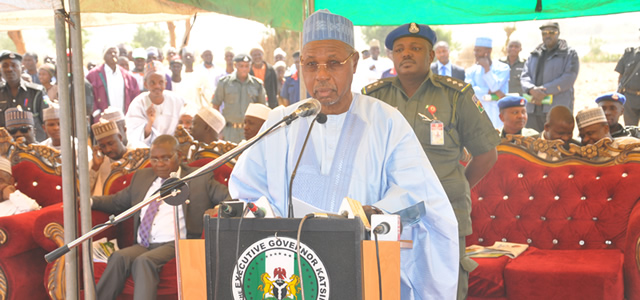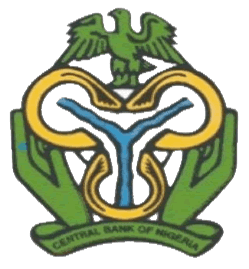Featured Articles
Why we created the ABP – Emefiele

The Governor, Central Bank of Nigeria (CBN), Mr. Godwin Emefiele, had given reasons behind the Bank’s Anchor Borrowers’ Programme (ABP) initiative in the country, saying the ABP was meant to complement other agricultural programmes.
Speaking in Jibia, Katsina State, on Thursday, December 29, 2106, at the formal flag off of the rice dry season farming, the Governor said that Nigeria’s food import bills was exceptionally high and that rice and wheat formed part of four items that consumed a whopping N1.0 trillion in foreign exchange.

Another reason he adduced was that food importation fueled domestic inflation, depleted our foreign reserves, displaced local production and created unemployment. He noted that import dependency especially on commodities of comparative advantage was neither acceptable nor sustainable.
Emefiele, who was represented at the event by the Director, Development Finance Department (DFD), Dr. Mudashiru Olaitan, said that a report by the Global Economic Symposium (GES), suggested a steady rise in prices of rice in the past seven to eight years, which indicated that Nigeria had been consuming more rice than it had been producing.
Speaking further, the Governor said that with the fast depletion of rice reserve in the country, it was obvious that Nigeria could not afford to sustain rice importation. The first step in curtailing this according to him was the exclusion of rice from the forex eligibility list, which was followed by the establishment of the ABP initiative.

Emefiele also enumerated ABP’s challenges since its creation which he said existed in spite of the huge investment in 40 integrated rice mills. Some of the challenges included low yield rice varieties; poor farming practices and lack of good quality farm inputs.
Other challenges he listed were non-utilization of available cultivable lands; manual system of production and inadequate funding for the establishment and development of nucleus farms and small farmers out-grower schemes.
The Governor equally listed some targets the ABP sets to achieve in the next five years. These include increase in the ratio of agricultural lending from 3.72 per cent of total bank lending in 2014 to 7.0 per cent; increased capacity utilization from the current level of less than 50 per cent to about 80 per cent; and empowering of at least 600,000 farmers in the rice, oil palm, wheat, cotton and fish value chains. Others are sorghum, maize, millet, tomatoes etc.

Other ABP targets achievable by 2021 would be the creation of at least 1,000,000 direct and indirect jobs in the processing segment of the identified value chains; reducing Nigeria’s import bill on the identified commodities by at least 10 per cent annually.
In his address, the Executive Governor of Katsina State, Alhaji Aminu Bello Masari, said the state had set aside N8bn for agric sector in its 2017 budget, adding that over 20,000 farmers were expected to participate in the ABP in the state.

Masari, who described the ABP as a change initiative, also unveiled plans by the state to help farmers. He also mentioned a budgetary allocation of N300 million for rehabilitation and expansion of 10 dams, as well as establishment of a rice resource centre and a reservoir in Daudawa and Dandume towns respectively.

 Flickr
Flickr Instagram
Instagram LinkedIn
LinkedIn